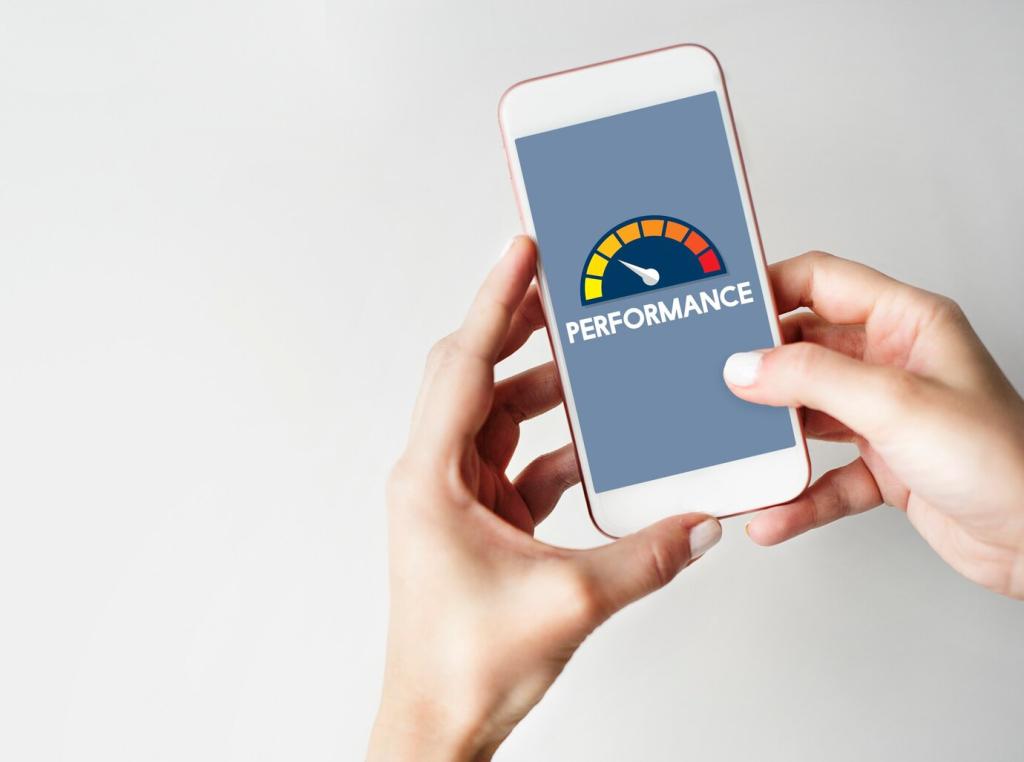Effective Mobile App Logging and Debugging
Foundations of Effective Logging in Mobile Apps
Choosing Log Levels That Matter
Give each log a purpose. Use DEBUG for developmental noise, INFO for lifecycle checkpoints, WARN for recoverable risks, and ERROR for failures demanding action. Keep FATAL for unrecoverable crashes. Consistency builds trust in your logs—invite your team to align levels across platforms.
Designing a Log Taxonomy
Tag by feature and layer: auth, payments, sync, UI, network. On Android, standardize tags with Timber; on iOS, organize categories using OSLog subsystems. Add correlation IDs to trace a request end-to-end. Share your taxonomy template and we will feature the cleverest approaches.
Privacy and Security in Logs
Never log secrets, tokens, passwords, or sensitive personal data. Redact by default, encrypt in transit, and enforce rotation policies. Align with GDPR and HIPAA where required. Comment with your favorite redaction interceptor or logger wrapper so readers can adopt safer patterns.
Reproducible Bug Reports
Quality reports include device model, OS version, app build, steps to reproduce, expected versus actual behavior, and attached logs or screen recordings. Encourage users and QA to use a template. Ask readers which single detail most often turns a vague issue into a solvable case.
Using Breakpoints and Watchpoints Wisely
Leverage conditional breakpoints in Xcode and Android Studio to pause only when specific states occur. Track variables with watchpoints, symbolicate stack traces, and avoid logging where a breakpoint tells a clearer story. Share your top LLDB or ADB command that reveals hidden state.
Binary Search Over Code Paths
When a bug hides in a long flow, bisect the path. Add temporary checkpoints or feature flags to narrow the failing segment quickly. Once isolated, replace noisy logs with focused signals. Comment with your favorite toggle strategy for safely gating diagnostic code in production.
Tools of the Trade: iOS and Android
Use Logcat filters, ADB bugreports, and structured logs via Timber. Catch main-thread violations with StrictMode. Investigate ANR traces and rely on Crashlytics for actionable crash groups. Post your best Logcat filter patterns to help others surface the right signals fast.


Tools of the Trade: iOS and Android
Adopt OSLog with categories and subsystems for efficient, privacy-aware logging. Explore Console.app for live streams and use Instruments to profile and correlate events. Symbolicate crash logs reliably. Ask readers: which Instruments template uncovers performance regressions fastest for you?
Measure app start stages and frame rendering times. On Android, use Perfetto and FrameMetrics; on iOS, Time Profiler and signposts. Annotate logs with stage markers. Share your trick for capturing slow-start root causes without drowning in low-value, high-volume data.
Performance Debugging and Observability

Building a Sustainable Logging Culture
Guidelines and Code Reviews
Create a living logging guide: naming, levels, redaction, and retention. Add linters and PR checklists to prevent noisy or insecure statements. Mentorship multiplies consistency. Share your lightweight checklist that keeps logs useful without slowing reviews or stifling developer creativity.


Redaction by Default
Introduce logging wrappers that automatically scrub tokens, emails, and IDs. Maintain allowlists and test redaction in CI with synthetic secrets. Encourage a blameless culture around mistakes. Invite readers to swap sanitizer patterns and discuss edge cases they learned the hard way.
